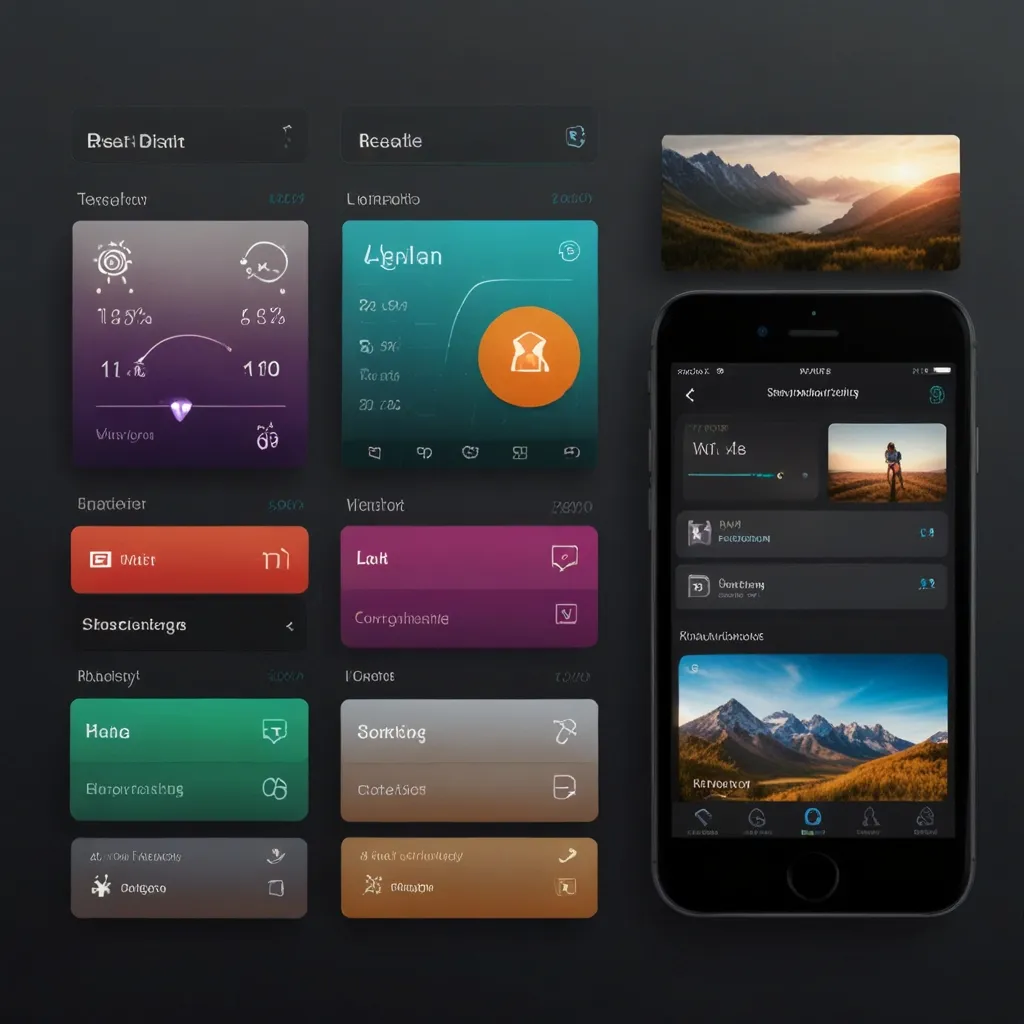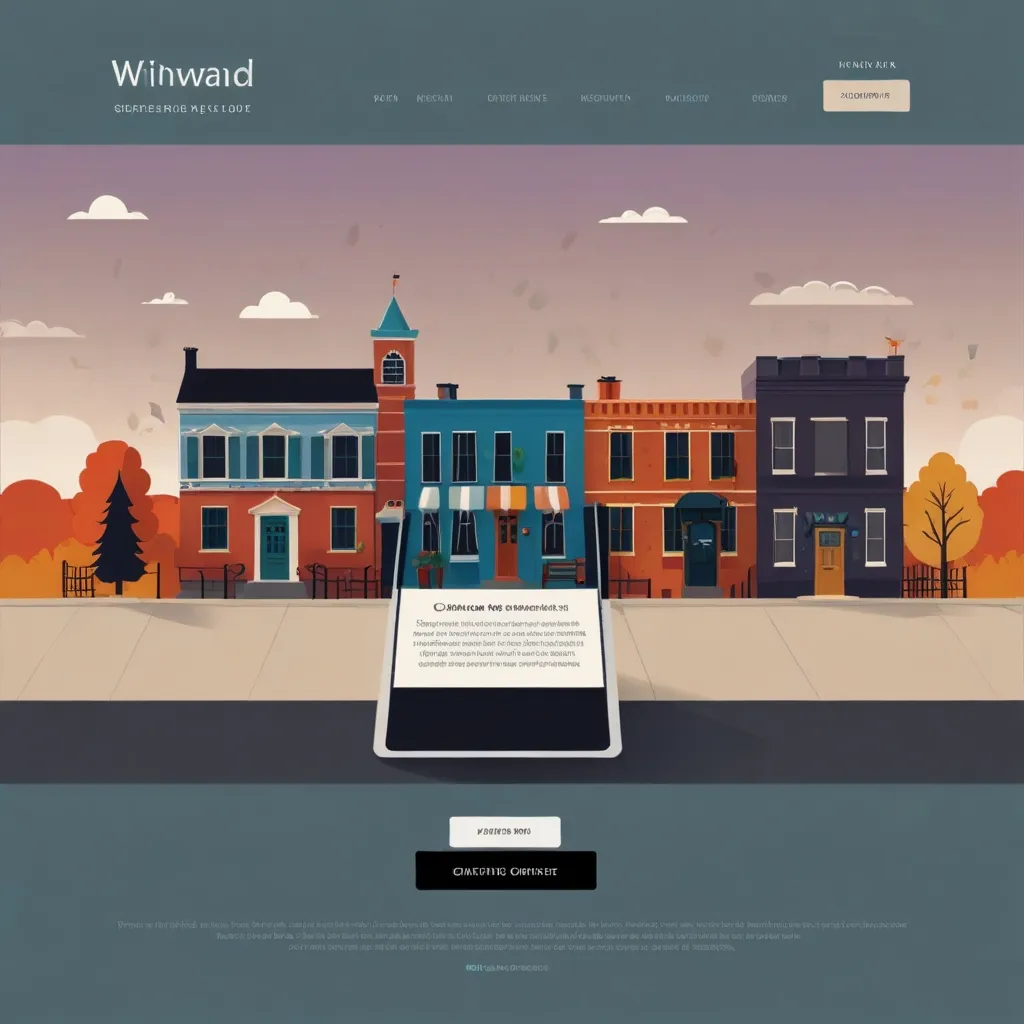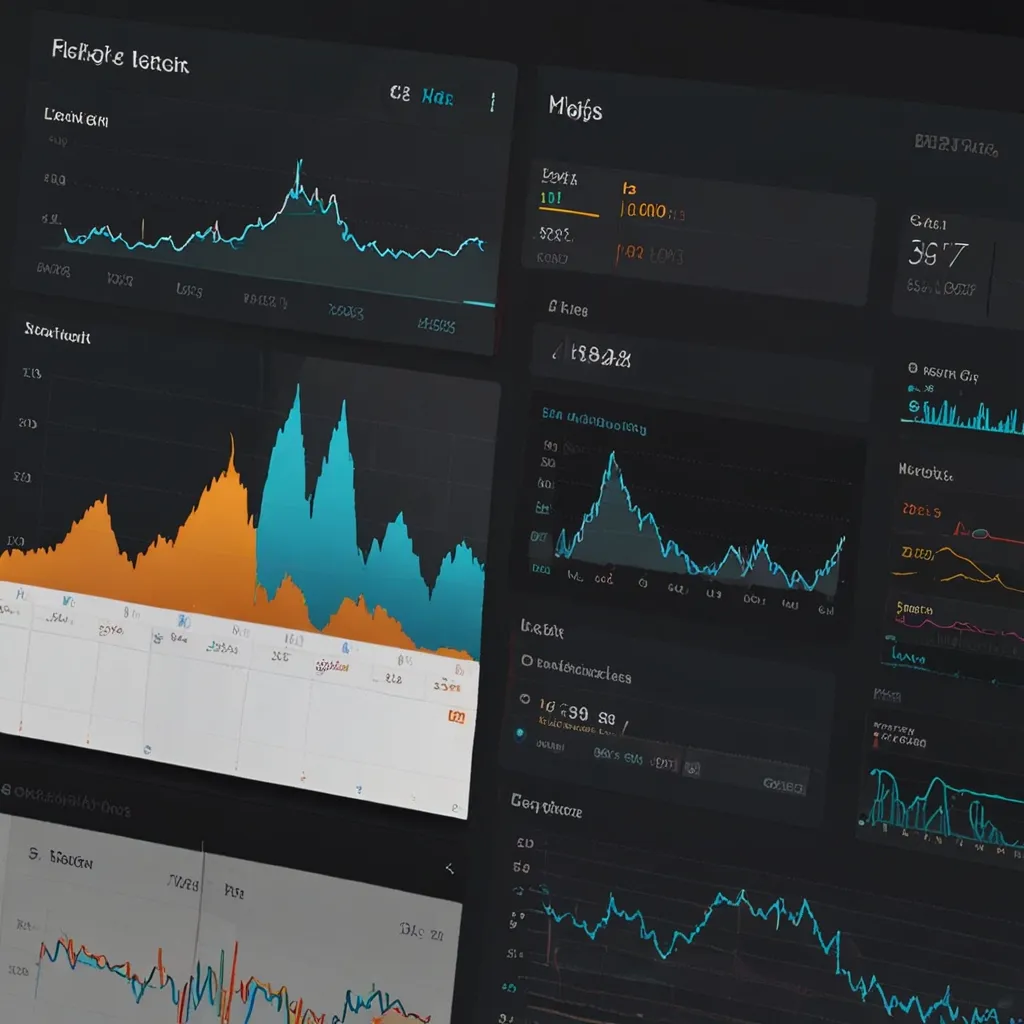Qt is like the superhero of the software development world. First swooping in back in ‘95, it’s been a game-changer ever since. Pronounced “cute,” Qt is a cross-platform application framework that lets developers craft slick, native-looking graphical user interfaces (GUIs) and applications that run smoothly across various platforms. We’re talking about Linux, Windows, macOS, Android, and even embedded systems. It’s an all-rounder, for sure.
Qt was the brainchild of Trolltech, a software company from Norway. Fast forward a bit, and it found itself under Nokia’s wing in 2008. Today, it’s The Qt Company at the helm, driving the framework forward with a solid open-source governance model. This means individual developers and organizations alike contribute to making Qt the robust and ever-evolving tool it is.
Qt isn’t just another framework; it’s a full-fledged toolkit that simplifies the process of creating cross-platform applications. Write your code once and run it anywhere—how cool is that? You don’t need to fuss over tweaking your code for different operating systems. That’s a real lifesaver, especially when you’re short on time and resources.
One of Qt’s standout features is its GUI development capabilities. You can create eye-catching and responsive interfaces with ease, thanks to its wide range of customizable UI components and widgets. This is gold if your desktop application needs to look top-notch on today’s high-def screens.
While C++ is at the heart of Qt, it’s super flexible and supports bindings for languages like Python, JavaScript, Ruby, and more. This means you can use your existing skills and still dive into Qt without having to start from scratch.
For those looking to build highly dynamic applications with custom interfaces, Qt Quick and QML are your go-tos. Qt Quick, a declarative framework, uses QML (Qt Modeling Language) so you can whip up mobile applications using JavaScript for logic. Rapid development while maintaining native performance? Count me in.
But wait, there’s more! Qt packs a punch with additional modules and tools. Whether you’re dealing with core non-graphical classes, audio and video functionality, network programming, or even database integration, Qt has you covered. And tools like Qt Creator IDE, Qt Designer, and Qt Quick streamline the entire development process.
Qt’s versatility has made it the choice for countless notable applications. Take Adobe Photoshop Elements for instance—it runs on both Windows and macOS, thanks to Qt. Google Earth, that nifty 3D model of our world using satellite images, also relies on Qt, showcasing its knack for complex graphical interfaces and cross-platform deployment. And let’s not forget TeamViewer, a software for remote computer control that demonstrates Qt’s prowess in non-GUI programs like command-line tools and server consoles.
What makes Qt even better is its cost-efficiency. Being open-source means developers can cut down on expenses. Qt is available under commercial licenses as well as open-source GPL and LGPL licenses, making it a budget-friendly option for various projects.
The Qt community is a bustling, collaborative environment with contributions pouring in from developers around the globe. This ensures that Qt is always up-to-date and evolving. If there are potential vulnerabilities, they get addressed swiftly, which speaks volumes about the framework’s reliability.
When it comes to performance and maintainability, Qt is a star. It produces code that’s highly readable, easily maintainable, and reusable. Plus, it runs with high efficiency and a small footprint, making it a great choice for applications that need both speed and performance.
Qt’s widespread use can be seen across different industries. EAGLE CAD IDE, which automates the design process of schematic capture and printed circuit board layout, is built with Qt. This highlights Qt’s capability in managing complex graphical interfaces and precision engineering tasks. Even VLC Media Player, the go-to media player for many, uses Qt for its cross-platform GUI, showing just how user-friendly and versatile Qt can be.
Now, if you’re looking to get started with Qt, the process is pretty straightforward. First off, you need to download and install the Qt framework. There are various editions to choose from, including a free community edition and commercial editions with extra features. Once you have it installed, Qt Creator IDE is your playground for developing applications.
Qt offers a ton of resources to help you get the hang of it. From tutorials and guides to community forums and support, you’ll find everything you need to get up to speed. And with Qt Designer, creating GUIs is super intuitive. This tool generates code for widget-based graphical interfaces, simplifying the design and implementation of your UI. For more dynamic apps, you can turn to Qt Quick and QML to build custom interfaces.
Qt is a go-to tool for any developer aiming to create cross-platform applications with sleek, native-looking GUIs. Its comprehensive set of libraries, tools, and strong community support make it a prime choice for everything from desktop applications to embedded systems. Whether you’re a newbie or a seasoned developer, Qt gives you the flexibility, performance, and maintainability you need to succeed in the world of software development.
By tapping into Qt’s capabilities, you can streamline your development process, cut down on costs, and deploy applications across multiple platforms with ease. Qt’s rich history, continuous advancements, and widespread adoption make it a mainstay in the landscape of software development.
In a nutshell, Qt is not just a framework; it’s your bridge to developing seamless multi-platform applications. And with its ongoing evolution and community-driven improvements, it’s only going to get better. So, whether you’re building the next viral app or a robust enterprise solution, Qt is ready to help you make it happen.






